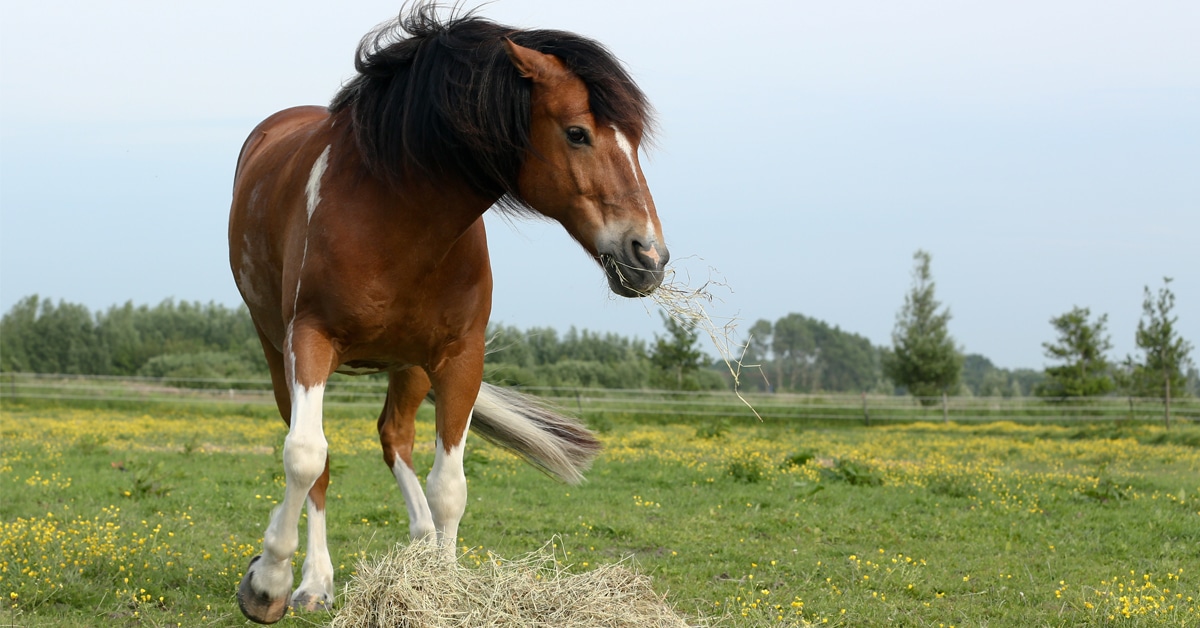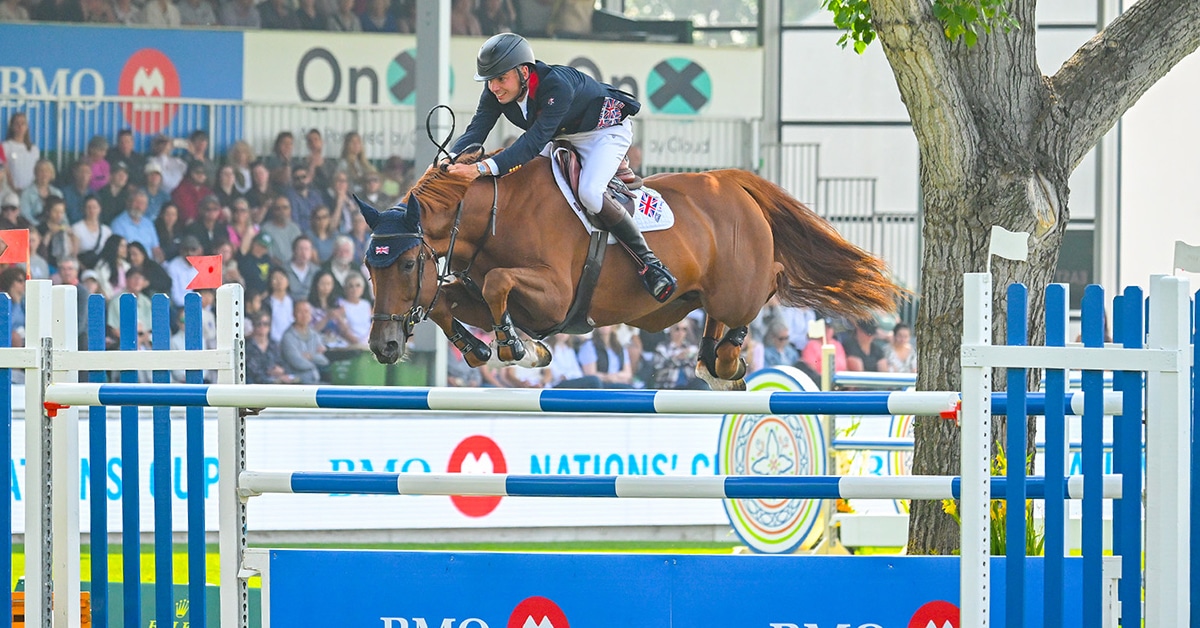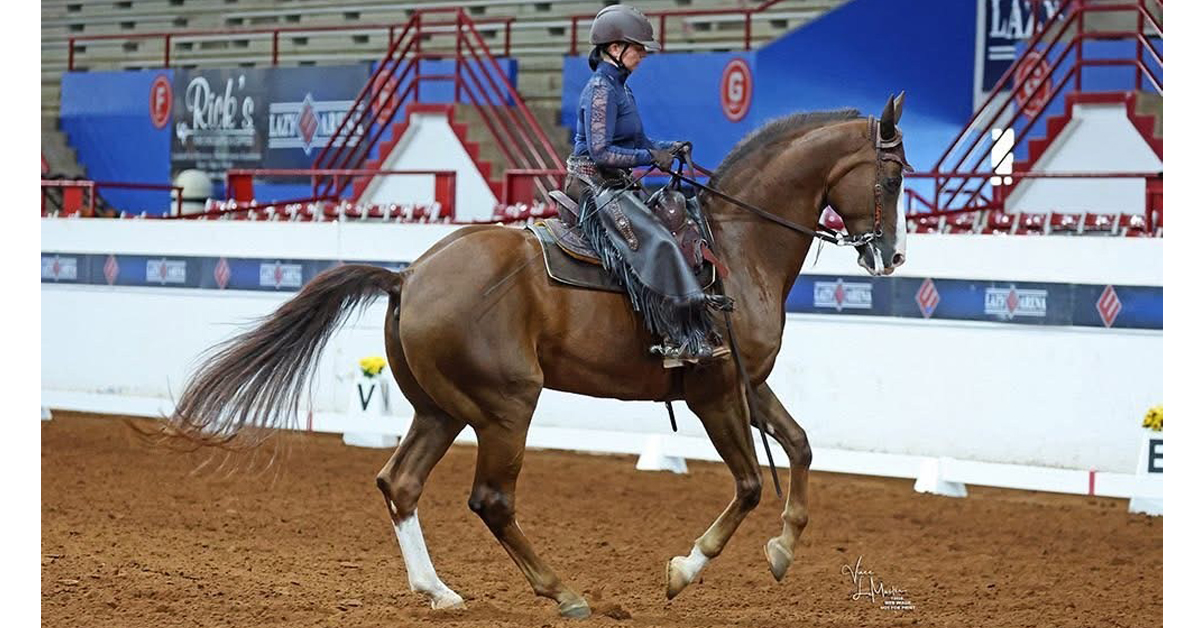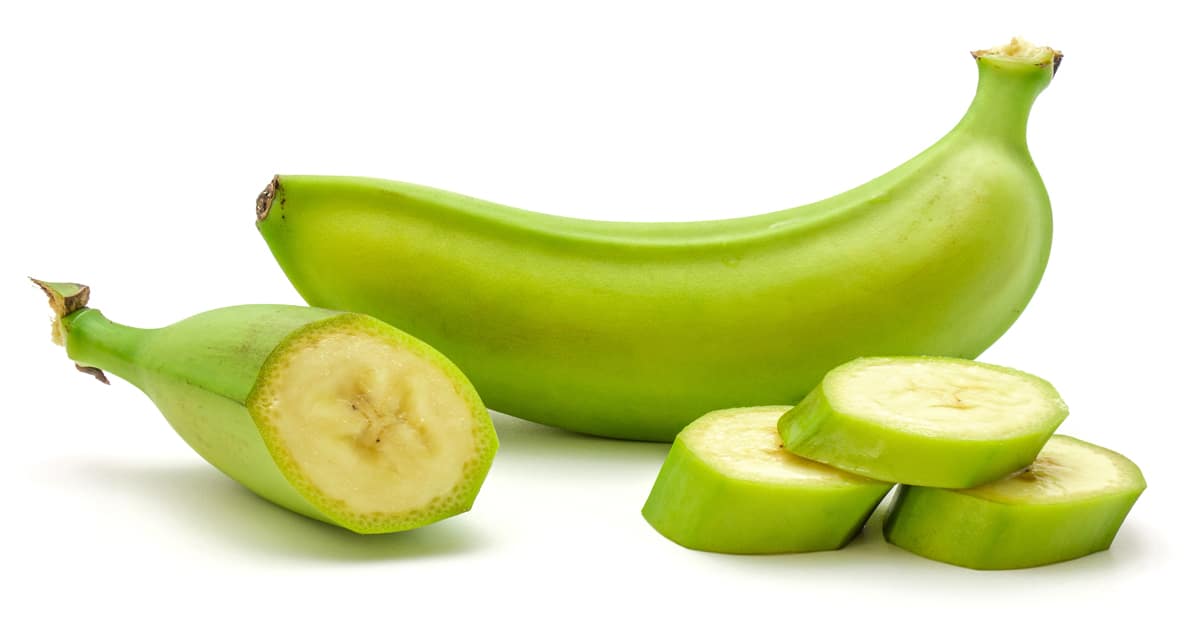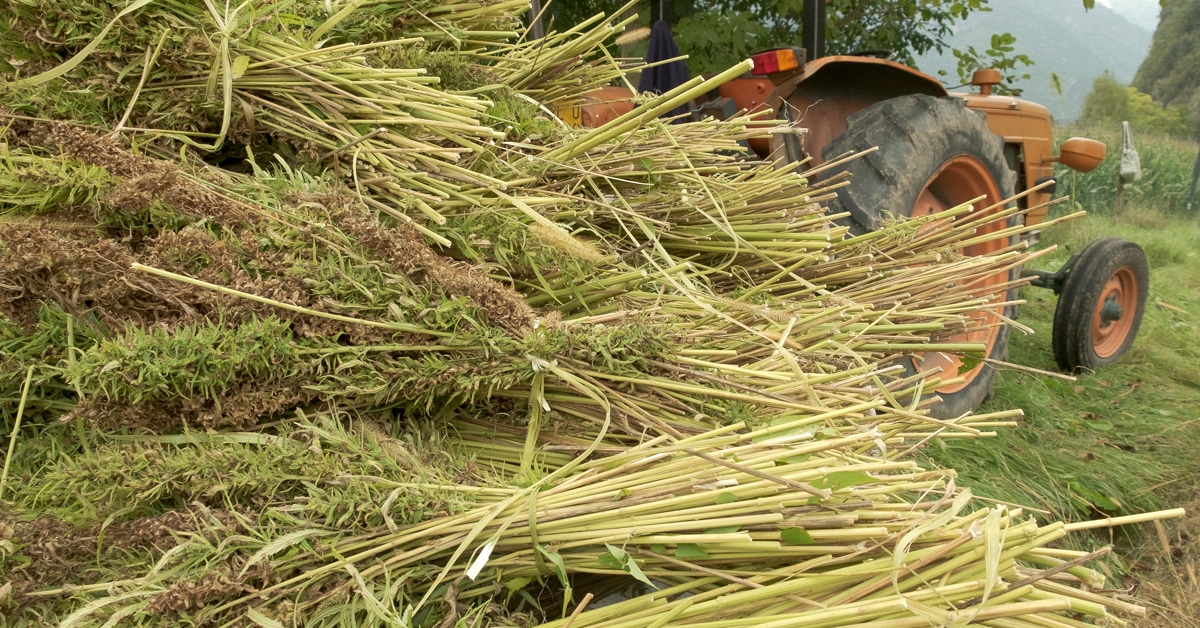Industrial hemp products are increasing in popularity, particularly because hemp is one of the fastest-growing plants in the world, which makes it very sustainable. It is considered a “green crop” due to its rapid growth which helps to reduce significant amounts of CO2 from the atmosphere. Hemp is also useful for its phytoremediation properties, wherein it can filter out toxins from soils and water systems.
Hemp refers to a variety of the Cannabaceae family of plant that has been cultivated specifically for its use in industries including textiles, clothing, ropes, biofuel, and animal feed and bedding. For horses, hemp is primarily used as feed or bedding.
In Canada, industrial hemp must be produced from an Approved Cultivar. These cultivars of Cannabis sativa have selected for lower concentrations of tetrahydrocannabinol (THC), the psychoactive compound of cannabis, although hemp may still contain some cannabidiol (CBD). Industrial hemp must have less than 0.3% or less by weight in THC; however, there is no limit to the amount of CBD that may be present in hemp. In fact, hemp may contain anywhere from 1% to 20% CBD, with highest concentrations in the flowers.
CBD has been shown to have therapeutic benefits for people, such as for its use an anticonvulsant (particularly beneficial for those with epilepsy), and CBD may also alleviate anxiety, insomnia and pain, as well as helping to manage some forms of psychosis and addiction. CBD is also found in several over-the-counter products for dogs, particularly for the management of chronic pain such as with arthritis.
Similarly, research has documented pain reduction in horses with arthritis. CBD also was shown to decrease reactivity in horses, suggesting a calming effect. While CBD may be beneficial for some horses, CBD and THC are prohibited for horses competing in Equestrian Canada or Canadian Para-Mutuel Agency (racing) events, or in the United States Equestrian Federation and International Equestrian Federation (FEI) events.
A multitude of uses
Different uses of hemp will require different production techniques and harvest times. Hemp is seeded, the seedlings sprout, then hemp goes through a vegetative stage. Then it starts to grow taller, finally flowering and seeding. Hemp hay may be made from the male plants prior to flowering when it is still leafy. Hemp straw or bedding comes from the woodier core of the plant, the hurd. Hemp seeds come from female plants after flowering.
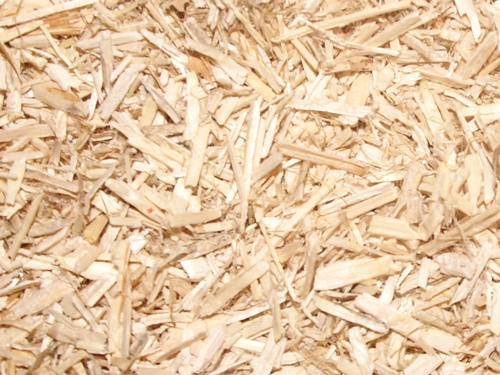
Hemp bedding. (Ykmyks, Wikimedia Commons)
A major use of hemp for horses is bedding. Hemp bedding is made from the stalk of the plant, where the longer fibres and woody core (the hurd) is dried, processed and stored as bales, or is pulped into a product that looks like chopped straw or fine wood shavings. Bedding is evaluated based on water absorption, ammonia absorption and its amount of dust. Hemp is reported to absorb five times its weight in water and has good ammonia absorption. Hemp may be dusty, however, and water may be required to be sprinkled atop the bedding.
An interesting benefit of hemp bedding is that there is less manure (waste + bedding) per year than other bedding options. A major concern regarding the use of hemp bedding for horses is the risk that they would ingest some, potentially consuming some CBD. Indeed, one study did find CBD derivatives in equine urine following the use of hemp bedding, although these decreased after 48 hrs of switching to a different bedding.
With respect to feeding hemp, it is important to note that hemp products are currently not approved as a feed ingredient in Canada. Single ingredient feeds – such as hemp meal or hemp seed oil – requires approval by the Canadian Feed Inspection Agency.
It is possible to feed the stalk of hemp directly, as it is similar in consistency to straw. In as much, the fibre content may be as high as 70% neutral detergent fibre (NDF, a measure of cellulose, hemicellulose and lignin). Protein content would likely be relatively low (<10%) and it is likely non-structural carbohydrates (NSC) are also low.
This may make hemp straw sound like a promising alternative for horses with low calorie needs (ie. they are overweight) and/or those with equine metabolic syndrome. Studies that have fed other types straw to horses generally do so at a rate of less than 50% of the forage, but these studies have found slower feed consumption which could help with weight loss efforts.
There have been no studies to date looking at the feeding of hemp straw to horses as a source of forage. In addition to the risk of consuming trace amounts of CBD, straw consumption could potentially increase the risk of impaction if not chewed properly. Hemp hay contains more leaves and therefore has a higher protein content (closer to 20%). Studies have fed hemp hay to goats, but no studies have reported feeding hemp hay to horses.
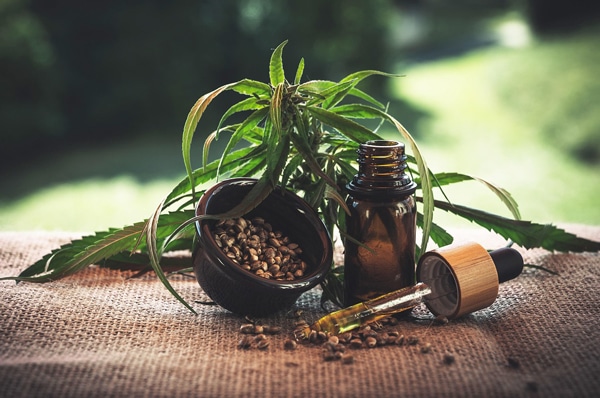
Hemp seeds may be used as a source of protein and/or fats. (Julia Teichmann / Pixabay)
Hemp seeds may be used as a source of protein and/or fats for horses. Whole hemp seeds contain about 20-25% protein, although hulled hemp seeds will be more concentrated, with 30-35% protein. Hemp seed meal (produced following the removal of the hulls and oil) will be an even more concentrated source of protein, and may be purchased pressed into cake or pellet form (ie. hemp seed cakes). However, despite good protein content, hemp seeds tend to be relatively low in lysine, a key amino acid for horses. Therefore, hemp seeds should not be the sole source of protein for horses, and should be combined with better protein sources, such as soybeans.
It should also be noted that hemp seed meal (ie. in cakes) have an inverse Ca:P ratio. Hemp hulls, the outer layer of hemp seeds may also be added to equine feeds as a source of fibre, similar to rice or soy hulls. These hulls also contain some fats, making them a potentially good energy supplement. In general, hemp seeds (and their by-products) used for animal feeds have little to no CBD, but depending on its source may have up to 0.32 to 25.55 ug/g of hemp seed. It is important to determine where hemp products are produced and it may be wise to contact potential producers for analytical reports on their products.
Oils derived from hemp can be described as either CBD oil or Hemp Seed Oil. CBD oil is derived from the flowers, stalks and leaves of the plant, and therefore contains CBD. Hemp Seed oil is derived from the hemp seeds, with little to no CBD. Hemp Seed oil is fed for its nutritional properties, that is, calories and “good fats”. All plant oils fed to horses have about 9 mcal/kg and can be helpful for adding calories to a horse’s diet. Hemp seed oil also contains good amounts of the omega-3 fat, alpha-linolenic acid. However, the omega-3 content of hemp seed oil is not quite as high as that found in flaxseeds.
Equestrian sport testing concerns
The overarching concern of feeding horses (or bedding them with) hemp products is the low but important risk of CBD contamination for performance horses. Because of the potential for performance-enhancing benefits, CBD, THC and its derivatives are banned from equestrian sport, and their detection in the blood or urine will result in disqualification and other sanctions.
In light of this, there have been several studies investigating the clearance rate of such compounds. Most studies suggested that CBD derivatives are not found in the urine following 10-16 days of administration. However, cannabinoids may accumulate in tissues when used for longer term, which could affect withdrawal times. Due to the availability of other feed products, hemp products may not be the best option for competitive horses.
More research is required to determine further benefits of CBD as therapeutic agents for horses. The hemp industry should work to further product cultivars with zero cannabinoid content to allow these feed and bedding products be more suitable for competition horses. In the meantime, hemp-derived feed and bedding are good options for leisure horses.
The Latest
